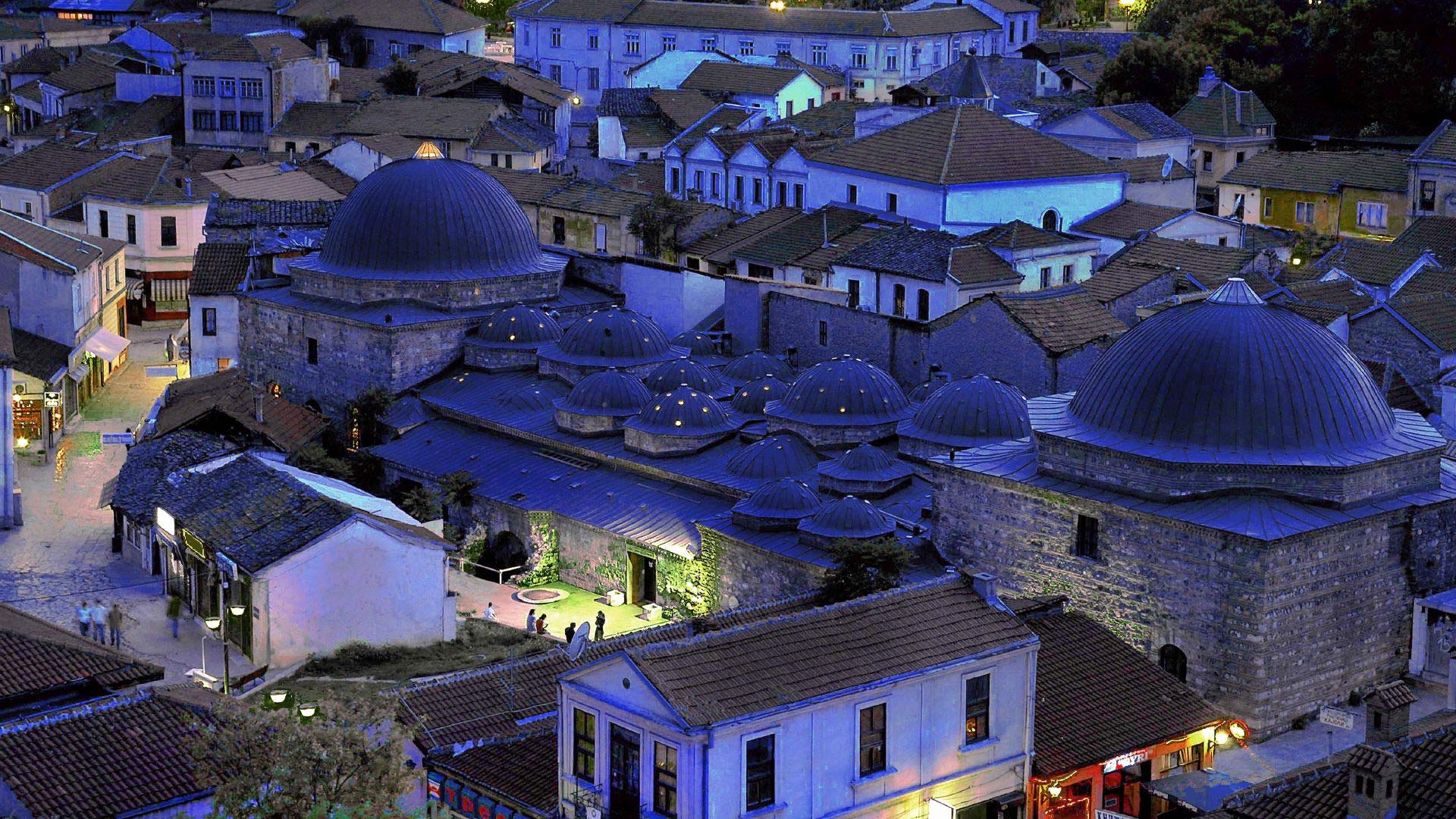Skopje Bazaar - a tradition and a mark of Skopje
Location of the Skopje Bazaar
The old Skopje Bazaar is a trade and cultural-historical part in Skopje and one of the city's biggest sights. It is located on the area from the Stone Bridge to Bit Pazar and from Kale to the Serava River. According to the administrative division of the city, the area of the bazaar is located on the territory of the municipalities of Chair and Centar. The first documented data on the existence of a shopping center at the place of today's bazaar date back to the 12th century.
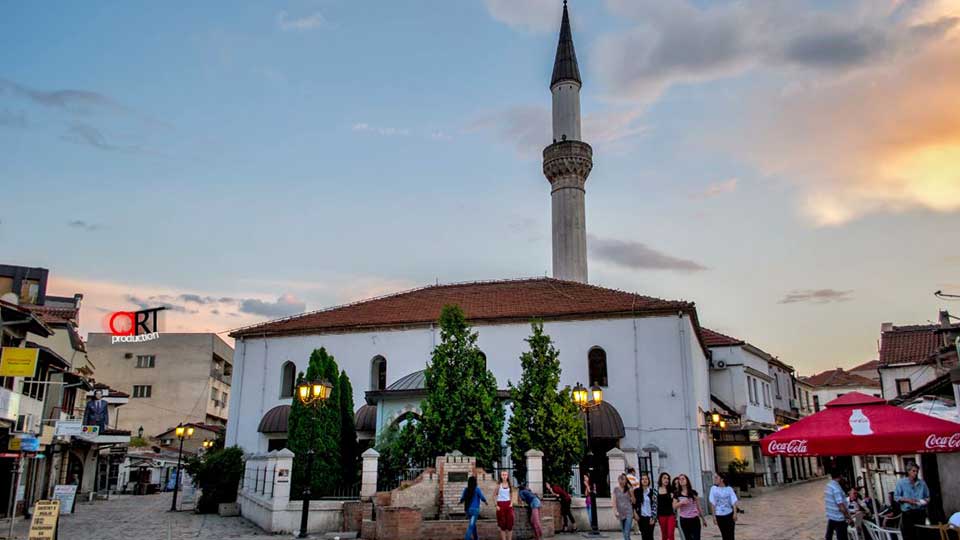
Ottoman mark of the Skopje Bazaar
During the Ottoman rule with Skopje, the site quickly became the largest commercial part of the city. It contained about 30 mosques, numerous serraglios and inns, as well as other Turkish monuments. The Skopje Bazaar suffered great damage from the earthquakes of 1555 and 1963, the 1689 fire, as well as the two world wars, after which it was repaired several times. But despite the damage suffered, the Bazaar is the only monument of culture in Macedonia. It is evidence of the legacy of many cultures and civilizations that took part in its creation.
The Ottoman architecture prevails in the Skopje Bazaar, although the remains of Byzantium are noticeable, and recently the application of the modernist architecture has also been noticed. Many of the buildings that once served as lodges for commercial travelers or as amams for city officials and administrators have been converted and serve as a place to hold cultural and artistic events.
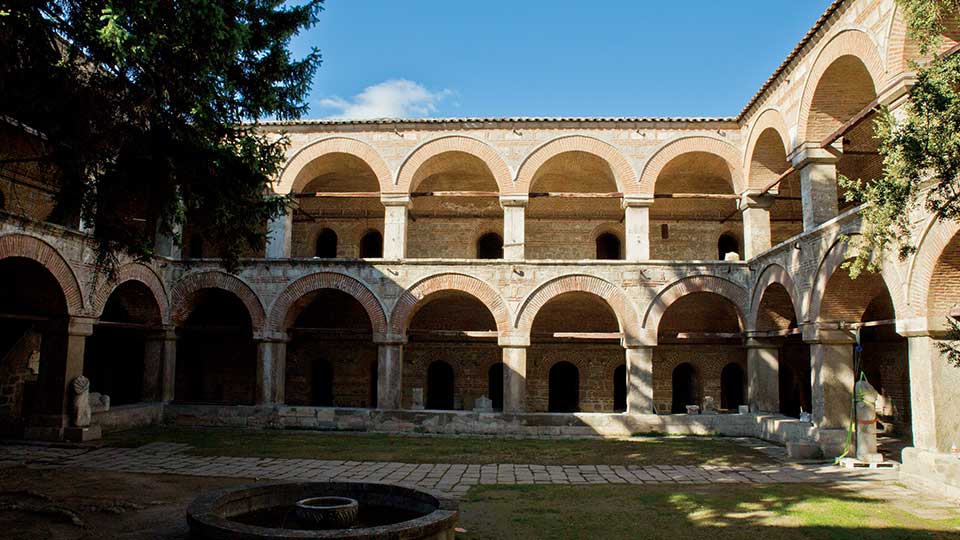
Several mosques, turbes, two churches and a clock tower remain in the area of the Skopje Bazaar and in its surroundings. In the second half of the 20th century, the buildings that comprised the Museum of Macedonia and the building of the Museum of Contemporary Art were built. For the development of the Skopje Bazaar through history, its cultural value and crafts that were present in the area are evidenced by the objects exhibited at the Museum of the Old Skopje Bazaar, located within Suli an.
Archaeological discoveries near the Old Skopje Bazaar
By the Law on the Old Skopje Bazaar adopted by the Assembly of the Republic of Macedonia on October 13, 2008, the bazaar was proclaimed a cultural heritage of special importance and has since been under the permanent protection of the state. At the beginning of 2010, a five-year program for revitalization of the bazaar was launched, aimed at restoring facilities, supporting crafts, and achieving economic and cultural development in the area of the Skopje Bazaar.
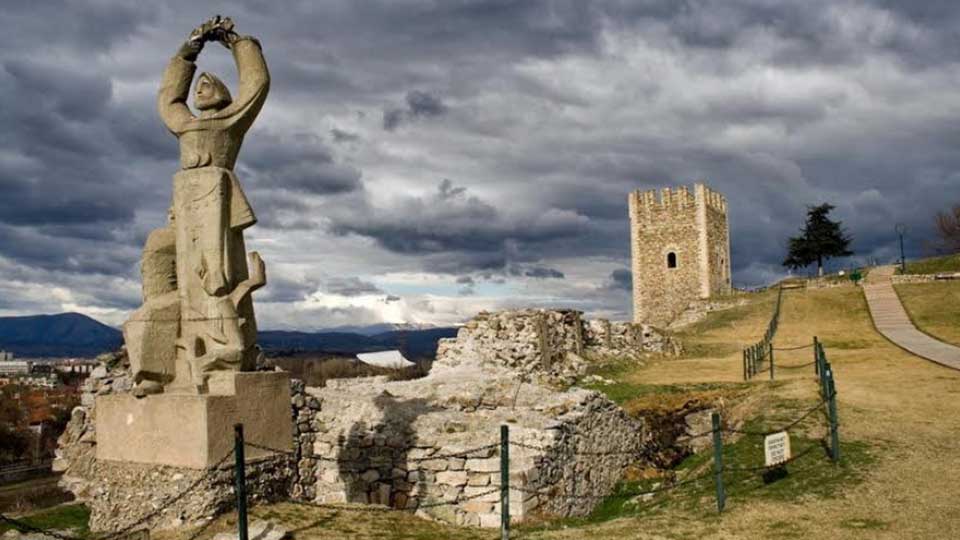
The oldest archaeological finds found on Skopje Fortress indicate that the surrounding area was inhabited for another 4,000 years BC, while the first historical data indicate that the first inhabitants of the area were the Paionians in the 6th century BC. With the acquisition of the Scupi by the Romans, the construction of temples, baths and theaters began, whereby the city became a significant religious and cultural center in the Roman Empire, which contributed to the development of the present-day Skopje Bazaar.
Skopje fortress
In 518, Scupi was demolished by a devastating earthquake, and with the coming of power to Justinian I a new capital was built. However, in order to protect the population who left the city, it settled on a hill on which Emperor Justinian built the present-day Fortress. With the creation of the Samoil Kingdom, Skopje received strategic, political, economic and cultural significance. The area around the Skopje Fortress was determined by building walls in order to preserve its wealth. In the time of Tsar Samuil, a large city gate was built on the fortifications, later known as "Gate to the Water Tower". The Gate served as a defense against the attacks of the Byzantine Emperor Basil II in 1001.
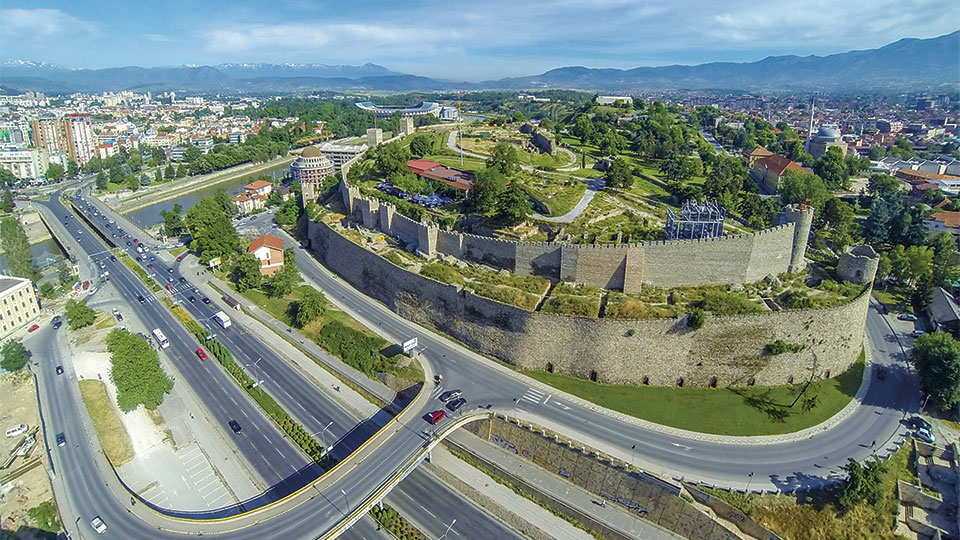
The beginning of the 20th century is distinguished by numerous riots and wars, as well as major changes in economic life, caused by the expansion of capitalist social relations and the development of urban settlements. During the First World War, damage to the Skopje Bazaar was caused, and in the first years after the war, its development was registered, through the renewal of the old trade and craft facilities. At that time the Skopje Bazaar was territorially expanded through the Stone Bridge, on the right bank of the river Vardar, all the way to the railway station.
Historical development of the old Skopje Bazaar
The emergence of the Great Crisis in the world in the early 1930s had a great impact on the trade in the bazaar. There was a stagnation and impoverishment of craftsmanship, an increase in both unemployment and indebtedness. Over the course of these years, Ljubo Stojovic's reportage in the newspaper "Vardar" of 1934 testifies about Skopje's Bazaar. In it, he emphasizes the monotony and boredom in the bazaar and how traders beg for customers to buy. He also mentions the neglect of the Bezisten, and that it is closed as a fortress and rented out. During the Second World War, the Skopje Bazaar was completely economically dead and was used for the needs of the National Liberation War in Vardar Macedonia.
In this manner, illegal actions were prepared and it served as a shelter for the members of the National Liberation War. Near the Ishak-bey's (Painted) mosque there is a house where from 1942 to 1944, members of the CPY Provincial Committee for Macedonia and the Operational Headquarters were staying and meeting. In the immediate vicinity of the Stone Bridge, at the site of today's building of the Commercial Bank, there was a house in which the first illegal workshop on weapons, ammunition and raiding material was located.
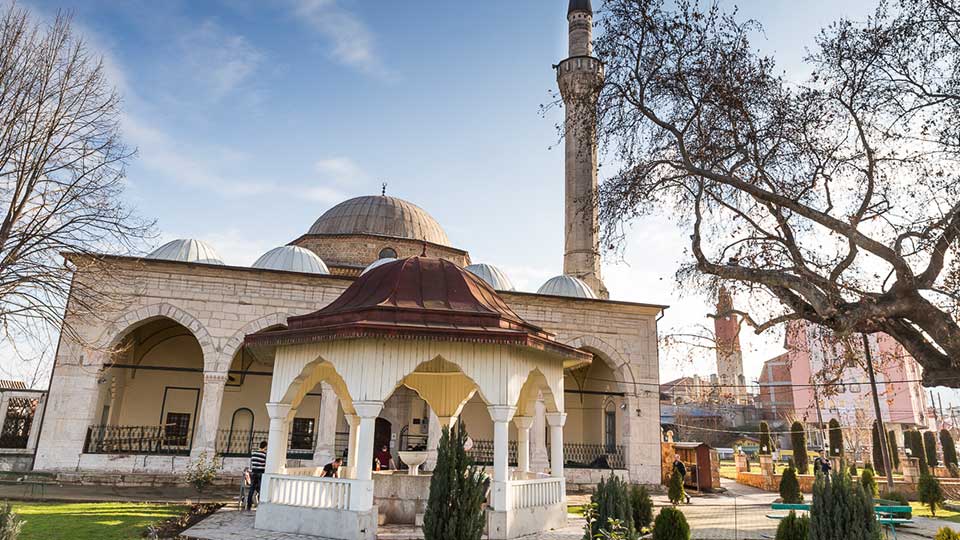
The influence of the war on the old Skopje Bazaar
The period of war is a time in which huge damages and losses have been caused in the bazaar itself and in its surroundings. The Bazaar was left without its Jewish population, whose deportation to the concentration camp Treblinka began on March 11, 1943. In 1943, the Bulgarian fascist authorities robbed and burned the church "St. Bogorodica ", which was located in the immediate vicinity of the bazaar.
During the bombing of Skopje, the Yigit Pasha Mosque was destroyed. The synagogue "Bet Jacob" was destroyed to the ground. From the church "St. Spas ", the Bulgarian authorities disassembled the iconostasis with the intention of transferring it to the National Bank's treasury, but after the war it was returned to the church.
After the end of World War II, the area of the bazaar again turned into the main shopping center in the city. Under the leadership of the Institute for the Protection of Monuments and Culture, for the first time, a systematic research and study of the bazaar began. It is a monument of extraordinary value. The research was intended to find ways for its further protection.
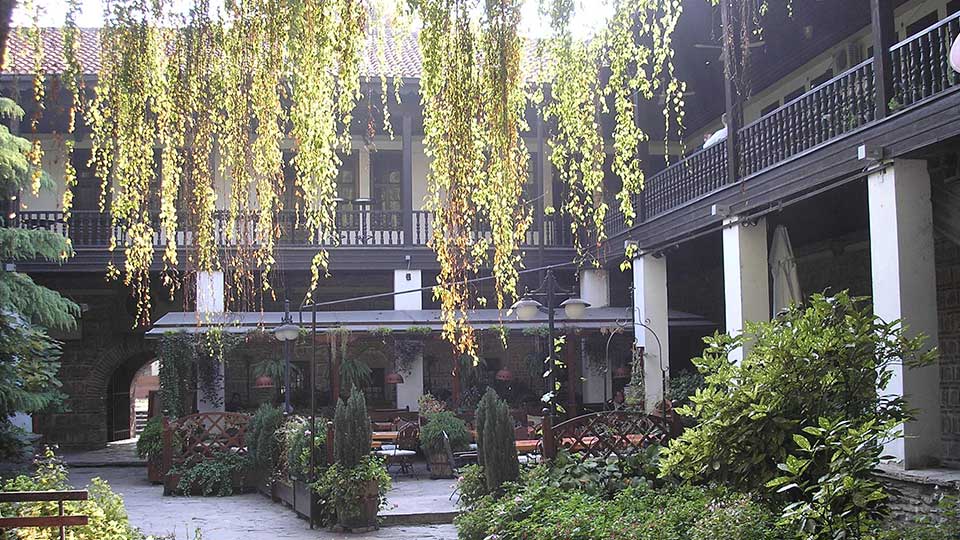
The old Skopje Bazaar during the Skopje earthquake
On July 26, 1963, with the strong earthquake that struck Skopje, a large number of shops were completely destroyed. From the cultural-historical landmarks, almost completely destroyed were Suli An, Kapan An, mosques Arastha and Kazandzhilir, and Gulciler Amam. Partially destroyed were Chifte Amam, Kurshumli An, the church "St. Spas ", the Bezisten, the Mosque Kose Kadi and the Sultan-Murat Mosque.
The renewal of the destroyed Skopje Bazaar continued after the earthquake. To this end, the application of modern building material was used. In the early 1970's, the water and sewage network was restored. At the same time, paving the streets through the bazaar and removing the Turkish cobblestones was simultaneously carried out. During that period, a bridge with a department store was built over the Goce Delchev boulevard. With this bridge, the cut off parts of the Skopje Bazaar were merged. Shortly thereafter, the restoration of the almost completely destroyed Kapan-an and Suli-an began. Afterwards, the rest of the cultural and historical landmarks, which suffered damage from the earthquake, were restored.
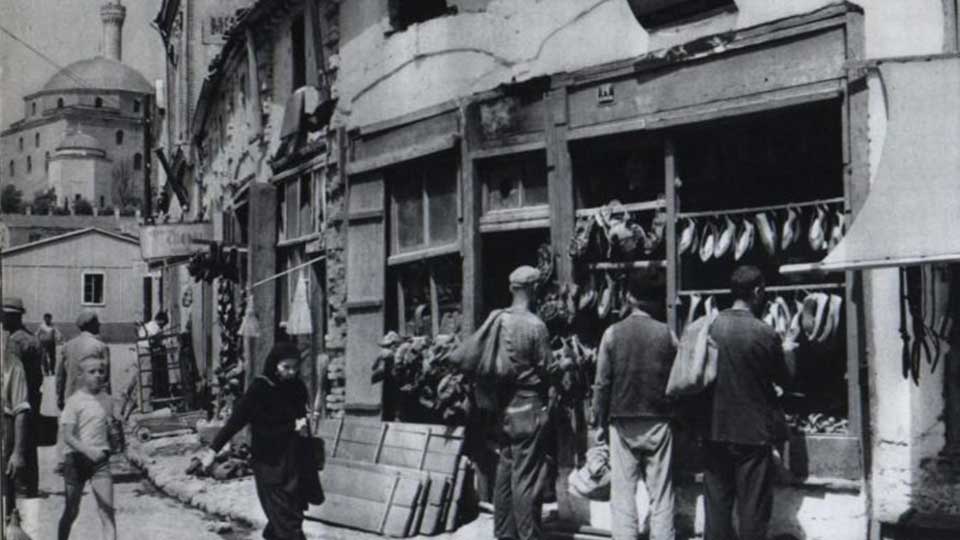
In addition, some buildings were devoted to culture and art, and new ones were built, such as the group of buildings within the Museum of Macedonia and the Museum of Contemporary Art. In November 2006, a monument of Skanderbeg was built in the Old Bazaar. Shortly in front of the Skenderbeg monument, on January 17, 2012, a stone-foundation was set up to build the Skanderbeg square.
More information about Skopje Bazaar can be found on this website.

